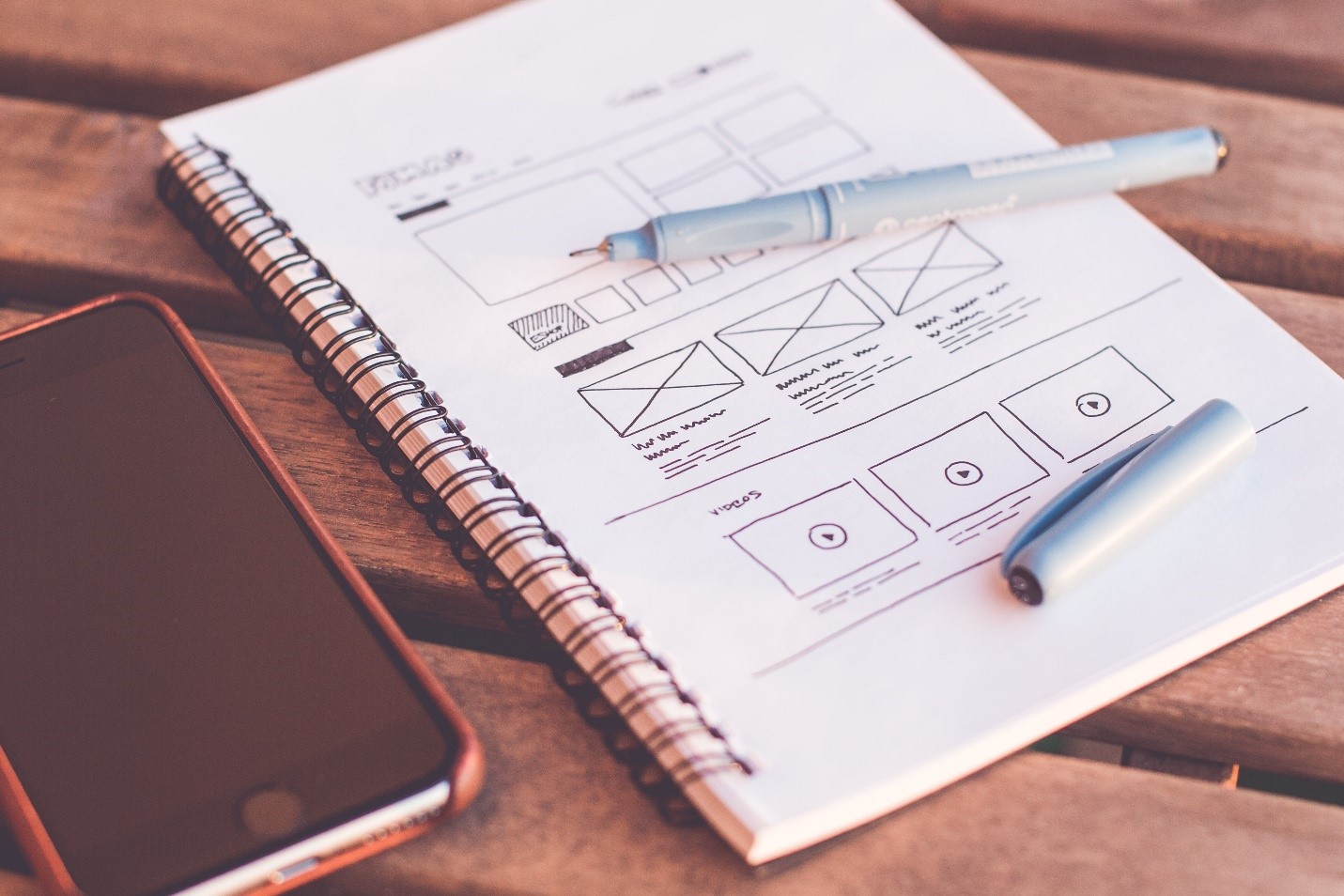When designing a website, most businesses make the mistake of not paying attention to usability. It’s essential for any website to be successful and should be the one thing that is a vital part of any web development project. Excellent usability for your website will translate into enhanced website performance and improve your chances of success. It also raises your revenue by boosting sales, as more people are likely to use and shop on your website.
If you want your website to be successful, it shouldn’t only look great, but it must also offer an exceptional user experience to all visitors. That’s why excellent usability is vital for every website, as that is what will differentiate your website from the rest of the competition. When it comes to web design and development, excellent website usability ensures that users can find information easily and quickly on your website and are more likely to visit it in the future.
There are several ways you can improve your website’s usability, and we will be sharing the key web design fundamentals that go into creating user-friendly websites. These key fundamentals will ensure that your website not only appeals to visitors but also enhances your chances of online success. Here are the key web design fundamentals to create user-friendly websites:
1. Mobile Compatibility
 As more people start using your website, they will be using their mobile phones to access and visit your site. Therefore, it’s become a necessity to have a mobile-optimized website. The key in ensuring that is by checking how your website loads on a mobile phone, and you can use several testers on Google to find that out.
As more people start using your website, they will be using their mobile phones to access and visit your site. Therefore, it’s become a necessity to have a mobile-optimized website. The key in ensuring that is by checking how your website loads on a mobile phone, and you can use several testers on Google to find that out.
If you learn that your website has poor performance on mobile devices, you should create a mobile version for your website that delivers excellent mobile compatibility.
2. Accessible for all Users

Making your website accessible to a larger audience further improves your chances of success and targets a larger customer base. Several online tools can help you achieve that for your website.
3. Well-Planned Information Architecture

You should plan to have information on your website displayed in sections, with an easy-to-navigate menu, so that people don’t get lost trying to access what they want. You should always be thinking about the usability of viewers on your website, as that will ensure success for you.
4. Easily Scanned Content that is Well-Formatted

Therefore, it is vital that the content on your website is well-formatted and can be easily scanned. Apart from being easy to read, it should also offer value to visitors. Correctly using paragraphs, headings, and sub-headings in the content will go a long way in ensuring that you break up text and make it easier for people to read your content.
5. Lightning Fast Load Times

The website load time also affects your search rankings, and websites with slow loading times will be at the bottom of the pile. You can also use free tools that can help you gauge the load speeds of your website, and some third-party widgets and apps help in determining website speed as well.
6. Browser Compatibility

Browsers today have evolved and have fewer inconsistencies with more efficiency. You want to ensure that anyone on the internet can easily access your website, no matter what browser they are using. Therefore, try and ensure that your website has excellent browser compatibility. It should behave consistently on all major browsers like Chrome, Opera, Safari, Firefox, and Internet Explorer. It’s what will set your website apart from the rest.
Conclusion
If you want your website to be successful and have a high conversion rate, you should ensure that it has exceptional usability. You want the maximum number of people to visit your website and provide a seamless experience to them at the same time. Therefore, it is pertinent to pay attention to web design and development best practices when designing your website. The key web design fundamentals we have discussed above will help you achieve that and ensure your website is successful.





